Bovids — territorial species.
(fam. Bovidae, from Latin bos ,cow, bull‘)Images: Claudia Fakler, unsplash
Bovids are cloven-hoofed (even-toed ungulate), ruminant mammals with unbranched horns present in males of all bovid species and in females of some genera. Horns are permanently attached to the frontal bones of the skull and are composed of a bone core covered with a keratin sheath. They are not shed, but grow with the animal throughout its lifespan.
01. The gregarious-territorial system
Territorial bulls defend suitable territories (ideally with plentiful resources) and the females come and go, despite the male‘s best efforts to keep them. Territories are held year in and out. Female offspring are free to remain in their natal herd and traditional home range.
Males are forced to disperse when getting older and associate in bachelor herds. Sexual dimorphism is usually present, but not as pronounced as in non-territorial species as reproductive competition in a defended territory is limited. The gregarious-territorial system is extremely adaptable and variable. In some species territoriality only occurs temporarily or in a modified form.
01.1 resident territorial
Sable, Roan
(Horse antelopes)
Feeding Strategy
Grazer
The Hippotragini avoid extensive open plains, instead favoring tall grasses in a mosaic arrangement of wood- and grassland. They rely on regular access to water, unlike arid-adapted grazers, which restricts them to habitats near perennial rivers or seasonal wetlands. This dependence makes them vulnerable to habitat fragmentation.
As selective grazers, they prefer nutrient-rich, high-protein grasses (e.g., Themeda, Panicum, and Digitaria spp.), targeting leaves over stems to maximize energy intake. Their prehensile lips enable them to pluck tender foliage while avoiding fibrous, low-quality stems — a strategy that reduces competition with bulk grazers (e.g., zebras or buffalo) that consume less selective, stem-dominated diets.
Breeding Strategy
Polyganous
Males are highly territorial, defending exclusive mating rights within their territory. Territories are mainly resource-based, encompassing prime grazing areas and water sources to attract females.
Aggression is common, with males using their large, sickle-shaped horns as very effective defensive weapons against natural predators and in dominance fighting. Male horns generally arch further over the back and grow longer and thicker than a female’s.
01.1 resident territorial
Waterbuck
(Tribe Reduncini)
Feeding Strategy
Grazer
Most water-dependent antelope. Limited to grassland within a few km of water. Patchy ecotone distribution along drainage lines. Feed on a wide variety of grasses – medium to tall length. Prefer the more palatable protein-rich grasses.
Breeding Strategy
Polyganous
Males are highly territorial, but frequently tolerate ,satellite males‘ as long as they behave submissive and assist with territorial defence. Sexual dimorphism is moderate with only males having horns, yet not as pronounced as in non-territorial species. No fixed breeding season.
01.2 temporarily territorial
Wildebeest, Tsessebe,
Blesbok, etc.
(Tribe Alcelaphini)
Feeding Strategy
Grazer
Plains antelopes. Specialized grazers, adapted to living at high population densities and utilizing an abundant but unstable food supply. Feed very selectively for particular growth stage in search for high-quality nutrients (short grass sprouting after rain or fires). In an attempt to find suitable grasses they may migrate following rain showers and therefore have a poorly defined home range. Preferring open grassland, they rely on speed and group vigilance.
Breeding Strategy
Polyganous
Territoriality depending on resources. Males only become territorial when not migrating. Migratory herd then splits into smaller herds with territorial males. Migration is a flexible adaptation in Alcelaphini, shaped by local conditions rather than genetics. Though gregarious the ecological pressure to integrate in mixed herds counteracts selection for sexual dimorphism. For Wildebeest breeding season is sharply defined at the end of the rains at the peak of their fitness (May – July). As an adaptation to their migratory life style calves don‘t go through a lying-up period.
Feeding Strategy
Mixed feeder (grazer-browser)
Able to both graze and browse, they have a greater and more reliable food supply than animals that do either one or the other. Eat young grass shoots at ground level (split upper lip) in the rainy season and herbs and shrubs at other times.
Breeding Strategy
Polyganous
Territoriality due to reproductive purposes. Only during breeding season (May) males set mating territories and herd groups of females that they guard against rivals. Rut is short (3 weeks) but intense. Territories can‘t be held for long. Outside rut males are free to associate with breeding herds or live in bachelor groups. Due to breeding taking place so close together, females give birth around the same time. This breeding strategy contributes to their large numbers.
Other members of the gregarious-territorial system are the Gazelles (Tribe Antilopini). They are very well adapted to drier areas. In South Africa the only surviving species of this tribe is the Springbok. It‘s been reintroduced to northwestern South Africa and the shrublands of Karoo, but usually live on fenced land.
02. The solitary-territorial
system
Male and female mate for life and occupy the same small territory throughout the year, but hide, rest and forage seperately most of the time (except for Dik-dik and Klipspringer, that keep much closer company). Males are more actively territorial, females participate in territorial advertising though and behave aggressively towards female intruders. Minimal sexual dimorphism.
Steenbok,
Klipspringer, etc.
(Dwarf antelopes & Duikers)
Feeding Strategy
Browser
Remaining in one vegetation type they have a great knowledge of the resource distribution. Feed very selectively on high nutrients food sources — young green leaves, fruits and buds, that only the small antelope are able to pick out. The effect of eating its way through an area is to remove whole items, which severely limits the number of individuals able to associate while feeding. Not dependent upon regular supplies of drinking water.
Breeding Strategy
Monogamous
Scenting strategy (dung middens and preorbital gland marking in males) maintains the mating bond and protects the territory from intruders. Minimal sexual dimorphism due to minimal sexual competition in a monogamous system.
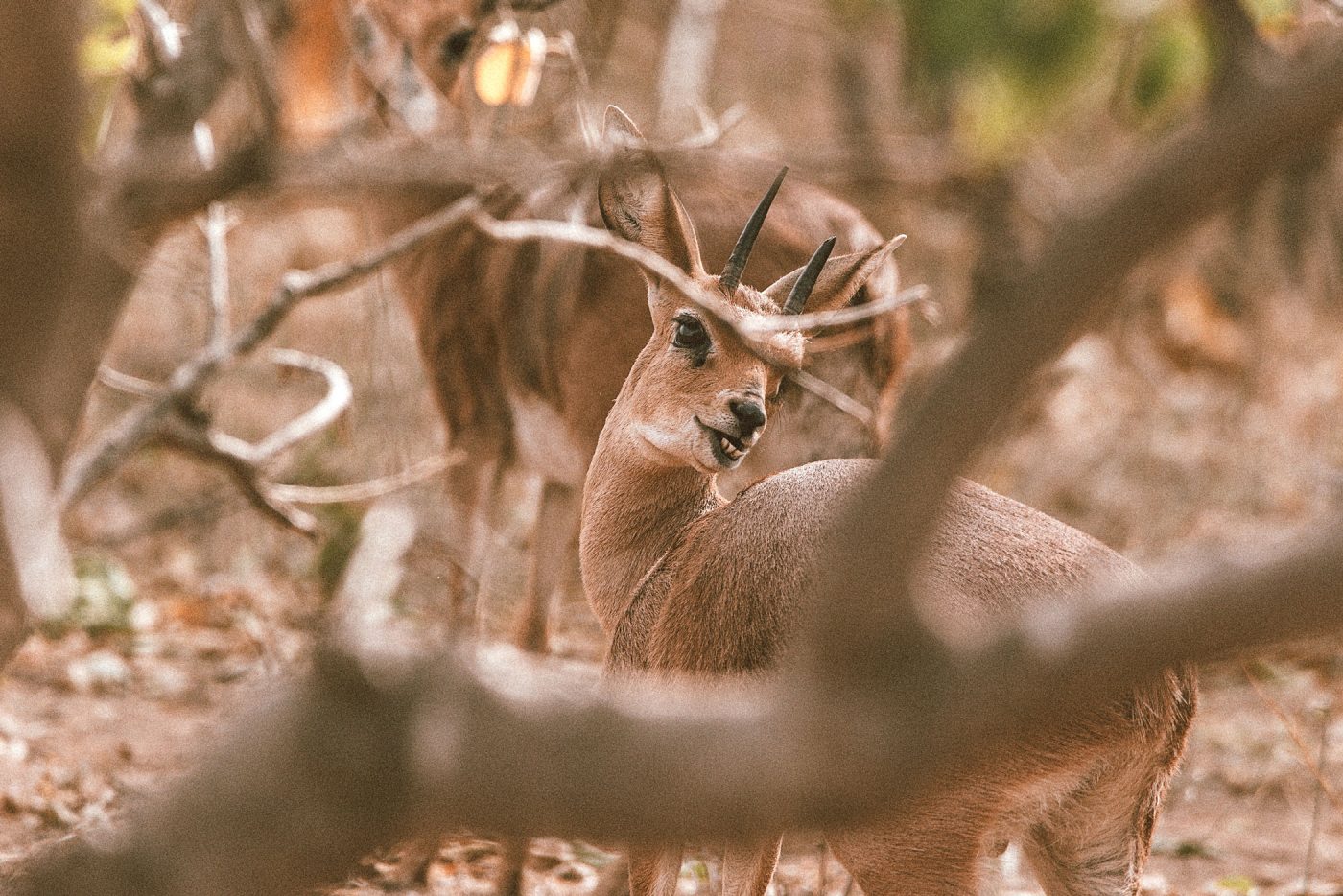
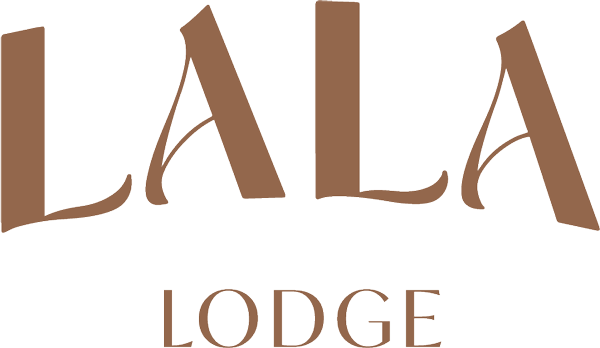
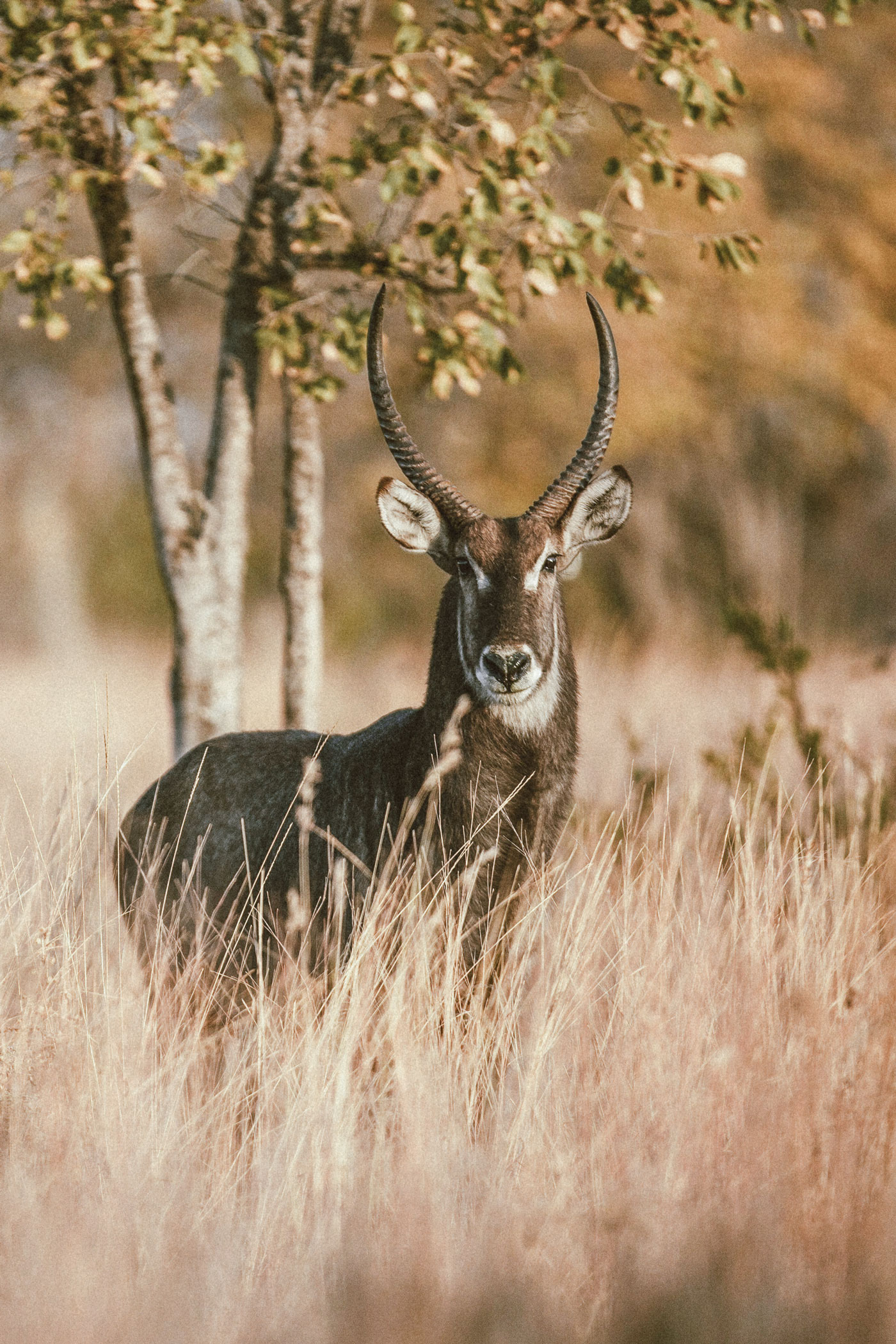
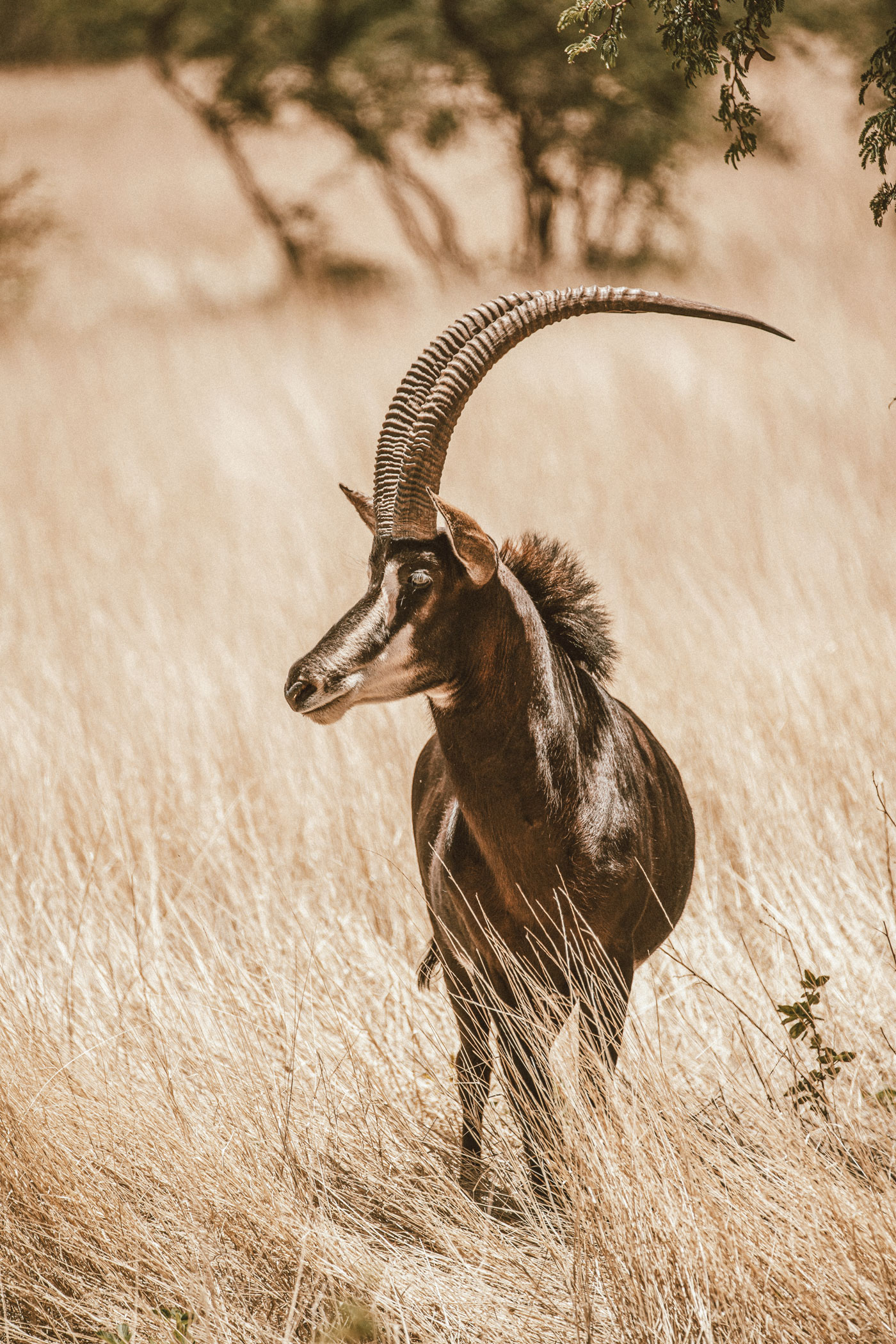
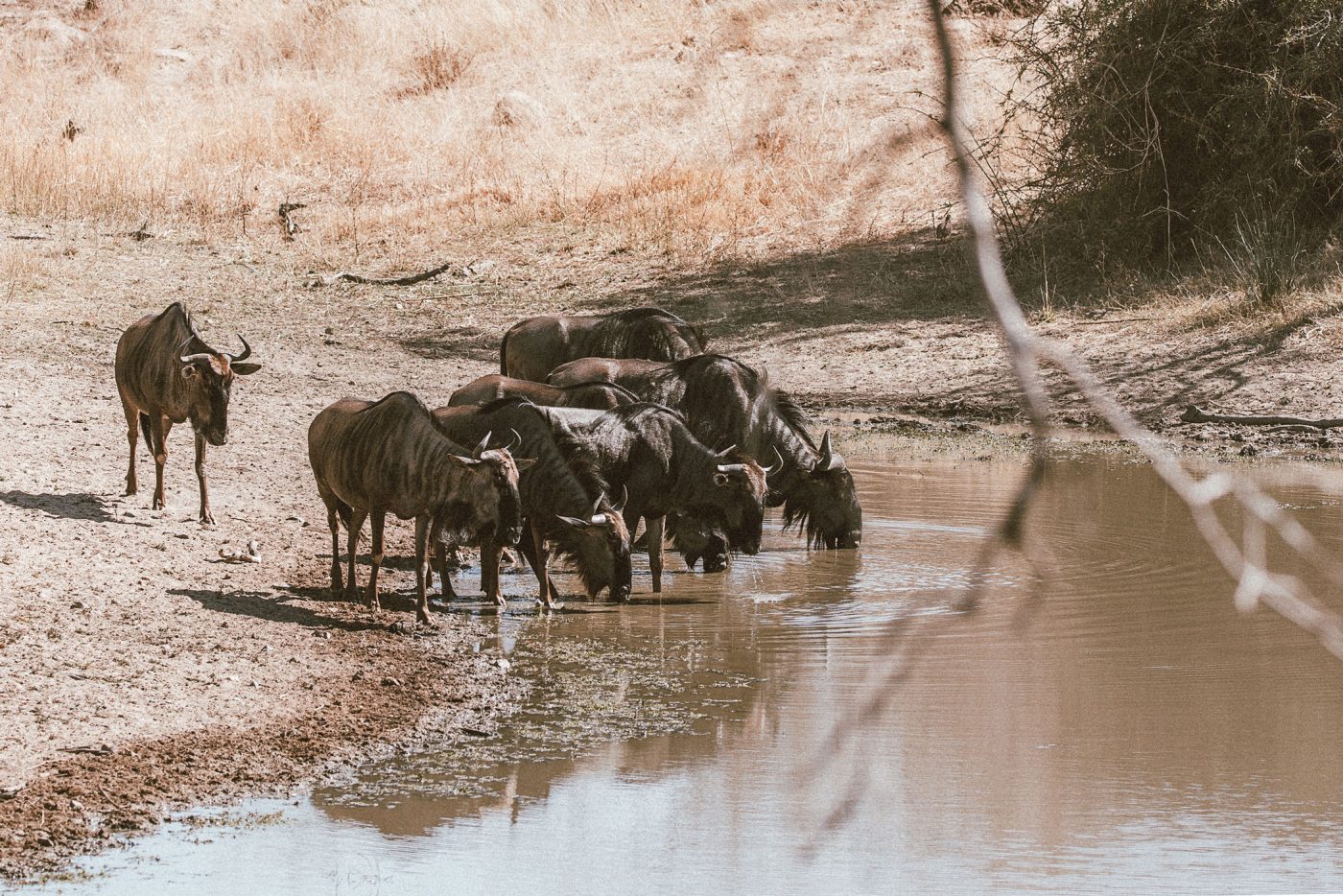
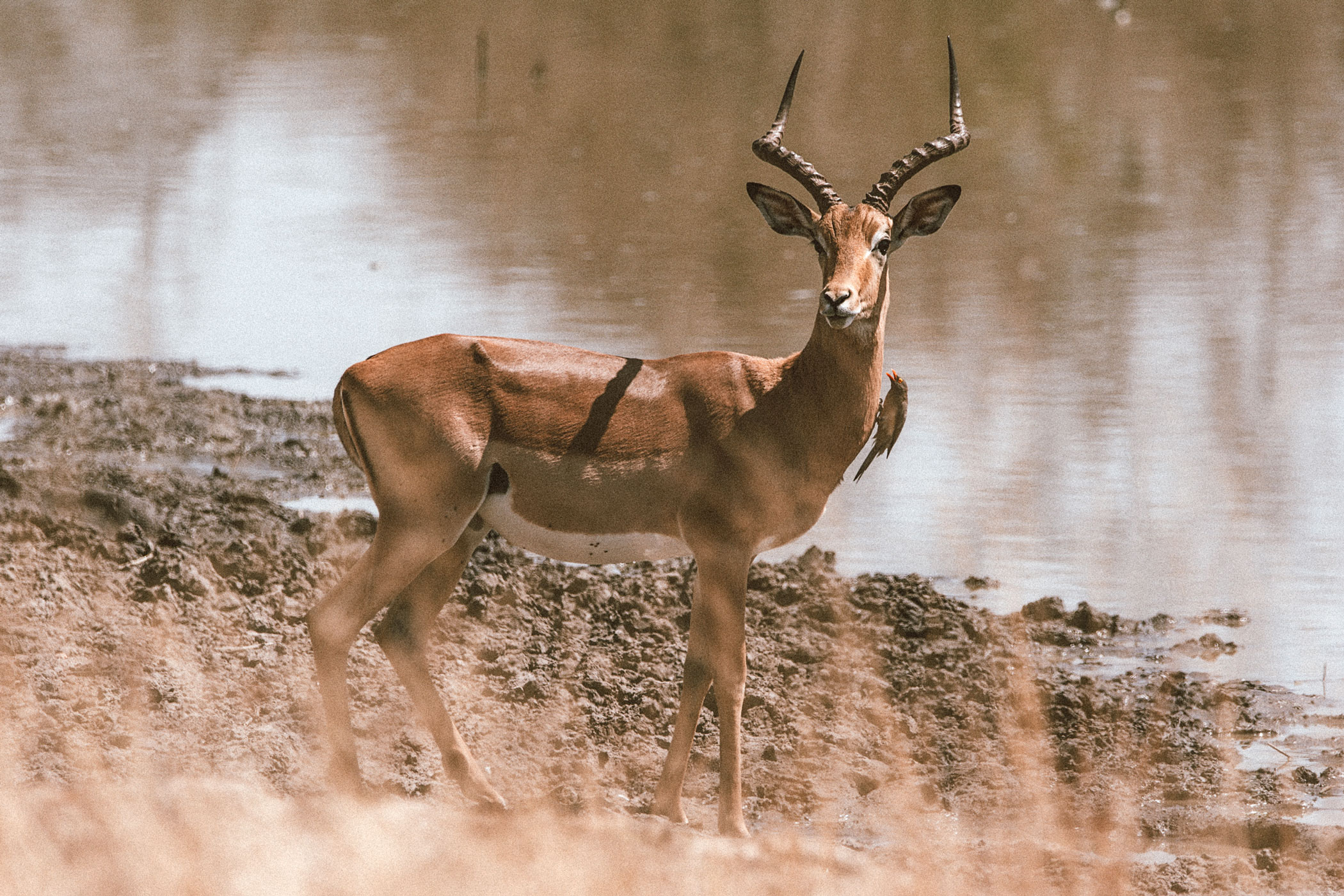
Leave a Reply